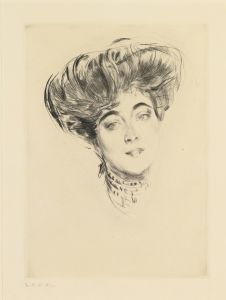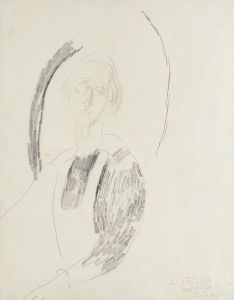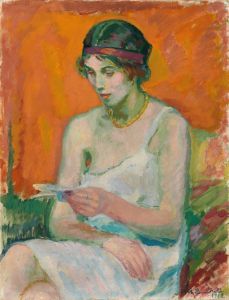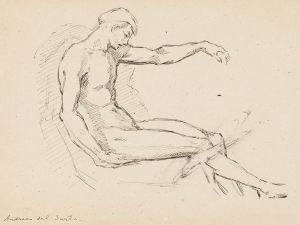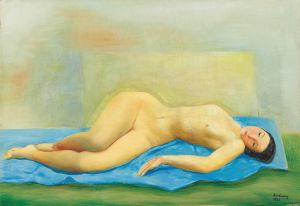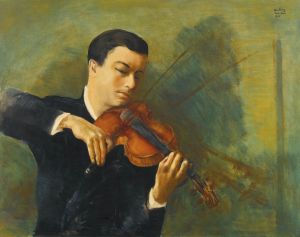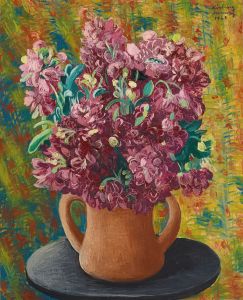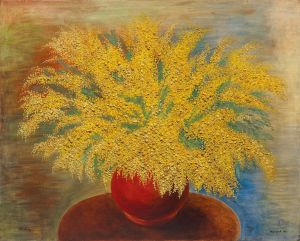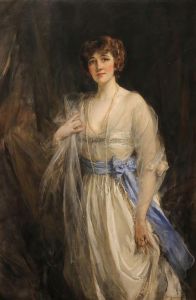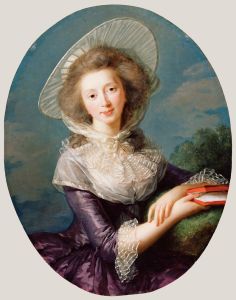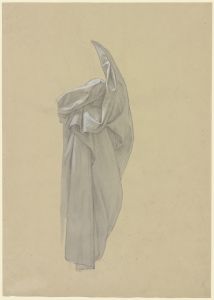
Jeune femme blonde
A hand-painted replica of Moïse Kisling’s masterpiece Jeune femme blonde, meticulously crafted by professional artists to capture the true essence of the original. Each piece is created with museum-quality canvas and rare mineral pigments, carefully painted by experienced artists with delicate brushstrokes and rich, layered colors to perfectly recreate the texture of the original artwork. Unlike machine-printed reproductions, this hand-painted version brings the painting to life, infused with the artist’s emotions and skill in every stroke. Whether for personal collection or home decoration, it instantly elevates the artistic atmosphere of any space.
Moïse Kisling, a Polish-born French painter, is known for his distinctive style that blends elements of realism and modernism. One of his notable works is "Jeune femme blonde," which translates to "Young Blonde Woman." Kisling was an influential figure in the early 20th-century art scene, particularly within the Montparnasse district of Paris, where he was part of a vibrant community of artists.
"Jeune femme blonde" exemplifies Kisling's skill in portraiture, a genre he frequently explored throughout his career. His portraits are renowned for their vivid colors, attention to detail, and the emotional depth he imparts to his subjects. Kisling had a unique ability to capture the essence of his sitters, often imbuing them with a sense of individuality and presence that transcends the canvas.
The painting likely features a young woman with blonde hair, as suggested by the title. Kisling's portraits often highlight the subject's features with a focus on the eyes, which are typically rendered with great intensity and expression. His use of color is another defining characteristic, with a palette that often includes rich, vibrant hues that bring his subjects to life.
Kisling's work is often associated with the School of Paris, a group of artists who were active in the early 20th century and known for their diverse styles and international backgrounds. This group included artists such as Amedeo Modigliani, Marc Chagall, and Chaim Soutine, many of whom were Kisling's contemporaries and friends. The School of Paris was not a formal movement but rather a convergence of artists who were drawn to the creative energy of Paris during this period.
Kisling's portraits, including "Jeune femme blonde," are celebrated for their blend of traditional and modern techniques. He often employed a smooth, polished finish that harkens back to classical portraiture, while his compositions and use of color reflect modernist influences. This synthesis of styles is part of what makes Kisling's work distinctive and enduringly popular.
Throughout his career, Kisling's work was exhibited widely, and he gained considerable recognition both in Europe and the United States. His portraits, in particular, were highly sought after, and he became known for his ability to capture the personality and mood of his subjects with remarkable clarity and sensitivity.
"Jeune femme blonde" is a testament to Kisling's mastery of portraiture and his ability to convey the beauty and complexity of the human form. While specific details about the painting's creation and provenance may not be extensively documented, it remains an important part of Kisling's oeuvre and a reflection of his artistic vision.
Kisling's legacy continues to be celebrated in art circles, and his works are held in numerous public and private collections around the world. His contribution to the School of Paris and his unique approach to portraiture ensure that his art remains influential and appreciated by new generations of art enthusiasts.





